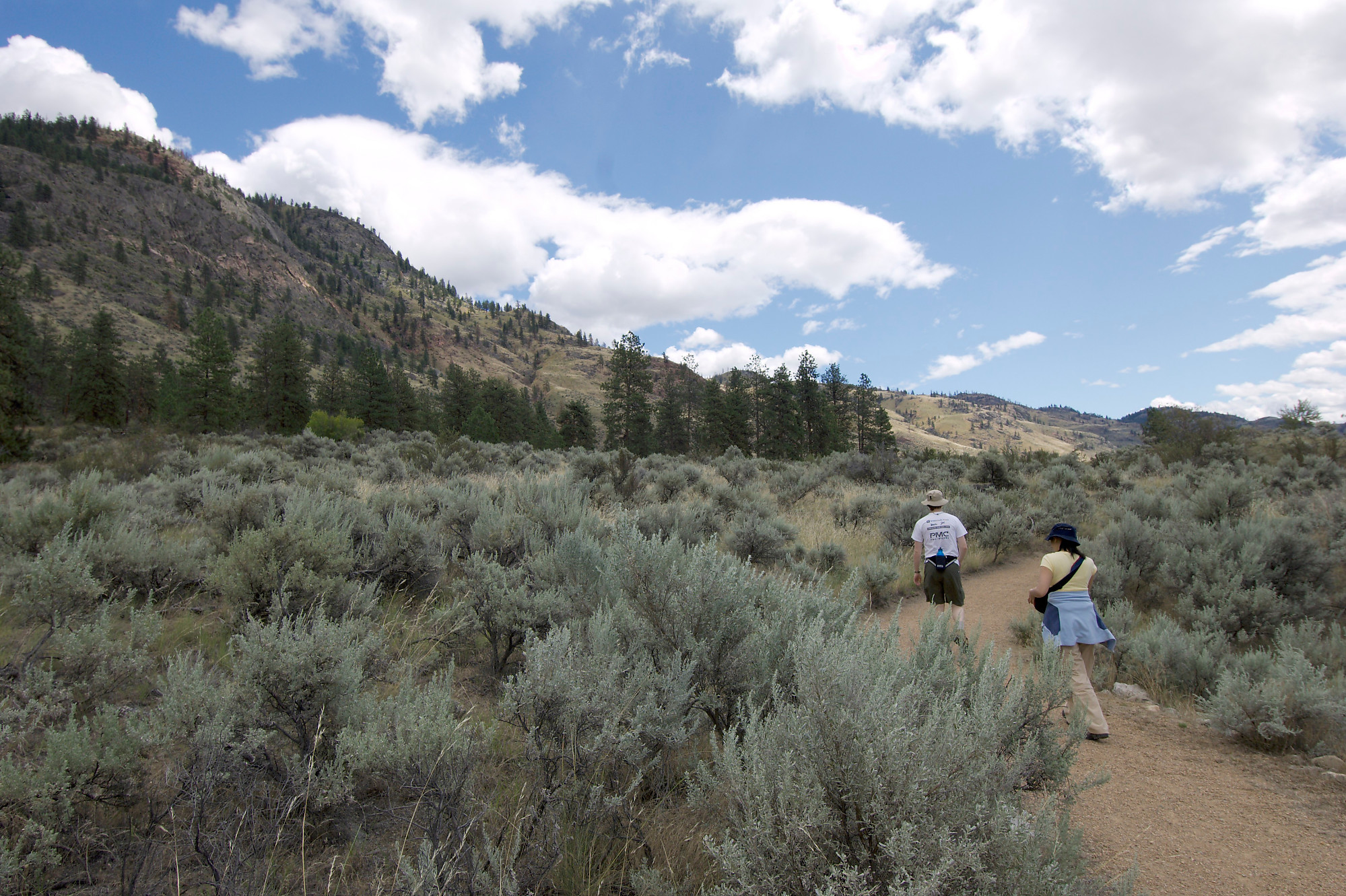

The climate for sagebrush steppe and sagebrush shrubland vegetation is semiarid, temperate and continental. Even though the dividing lines between sagebrush steppe and sagebrush shrubland have often been viewed as somewhat arbitrary, the two sagebrush types will be considered individually, in terms of ecological structure and function and response to management practices, when appropriate. Most of the sagebrush shrubland occurs under more arid conditions than found in the sagebrush steppe. In the sagebrush shrubland type, sagebrush dominates, and is accompanied by few grasses and forbs, even in late seral conditions. Sagebrush shrubland is found to the south of sagebrush steppe, potentially occupying 17.9 million ha (44.8 million acres) of the Great Basin, Colorado Plateau, and adjacent areas. In this community type, grass and forb species more or less co-dominate with sagebrush. Sagebrush steppe, once occupying 44.8 million ha (112 million acres), occurs predominantly in the upper portion of the Intermountain West, with its southern boundary in the northern Great Basin.

There are two potential natural vegetation types in the Intermountain West in which sagebrush is dominant: sagebrush steppe and sagebrush shrubland (often referred to as Great Basin sagebrush.


 0 kommentar(er)
0 kommentar(er)
